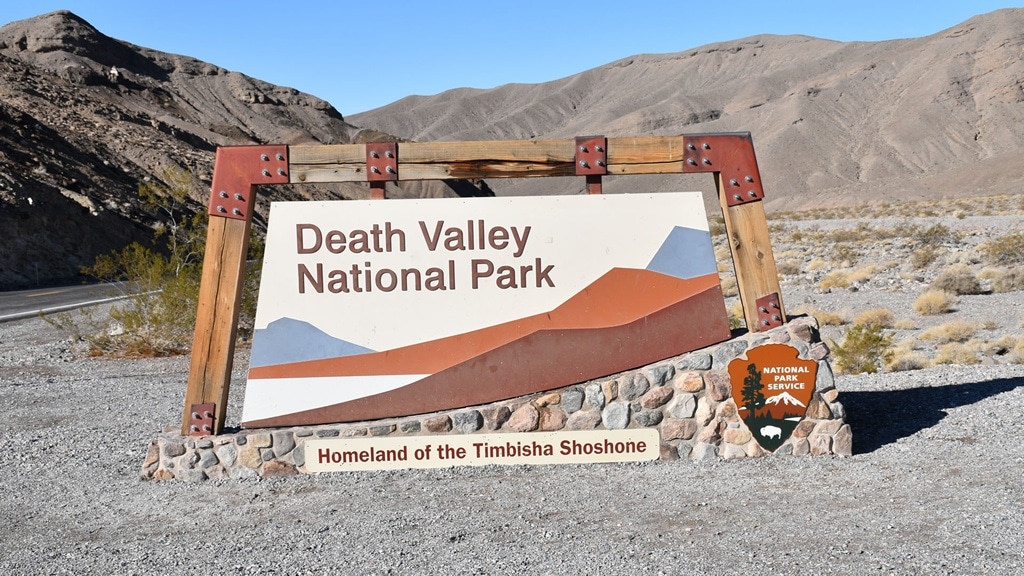
If you have been following The Vegas Tourist for any amount of time, you know its Editor-in-Cheif (Mark Anthony) is a diehard Death Valley National Park fan
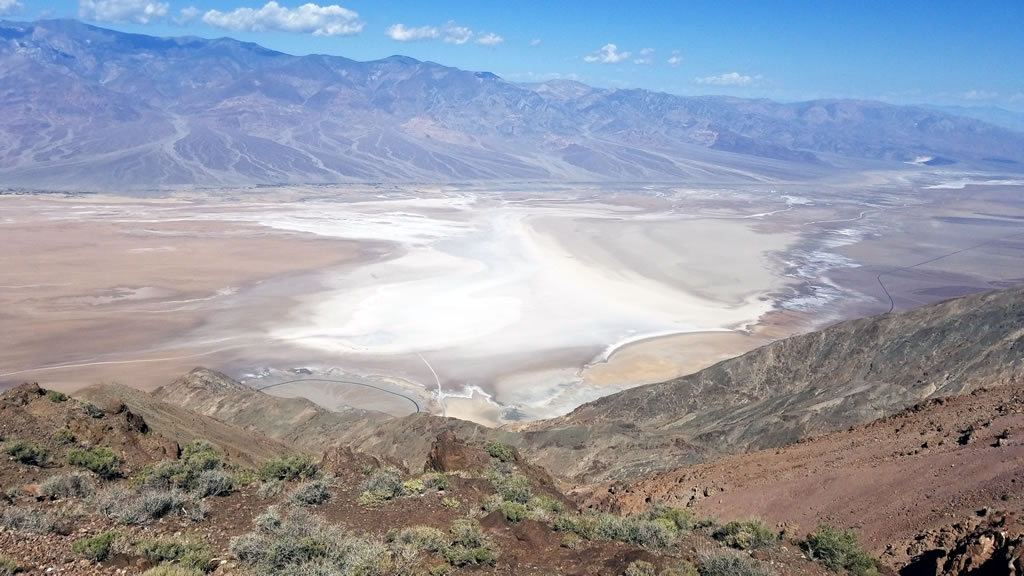
Here is my beginner’s guide to understanding and visiting the fascinating world of Death Valley National Park. Read it until the end to find out about the history of the place, things to do, how to get there, and other valuable information.
When I first heard the name Death Valley, I imagined a rough, remote, wild, and lifeless place in my mind. Having since traveled there for tours, I found it to be a very unique and different place. It has also become one of my favorite places to visit outside of Las Vegas.
In short, the reality of Death Valley is completely different than the perception of Death Valley. Taking a trip to Death Valley will open doors to countless adventures and a wonderful time if you are someone who loves traveling and likes to explore.
A Brief History of Death Valley
Death Valley National Park is the largest national park in the contiguous United States, spreading over a whopping 3.4 million acres of desert on the California/Nevada border.
President Herbert Hoover proclaimed a national monument in and around Death Valley on February 11, 1933. setting aside almost two million acres of southeastern California and small parts of Nevada.
On October 31, 1994, the monument was expanded by 1.3 million acres and re-designated Death Valley as a national park, via congressional passage of the California Desert Protection Act.
Death Valley is also considered the hottest place on Earth. The hottest air temperature ever recorded in Death Valley (Furnace Creek) was 134°F (57°C) on July 10, 1913.
The Timbisha Shoshone Indians have called Death Valley home since about 900 AD. It is believed that the first non-native visitors to arrive at Death Valley were gold miners in the mid 1800s, trying their luck in finding some gold in the region. But they nearly died, helping to give the valley its name.
Although gold mining was popular, Death Valley’s claim to fame was its borax mining. Borax is an abrasive that is used in everything from laundry detergent to nuclear warheads. It was here that the legend was created of the famous “Twenty Mule Team Borax”. The name was derived from the use of teams of 18 mules and 2 horses to haul the borax from Death Valley to the railroad head in Barstow, California.
In 1894, Steve Mather convinced his boss that the Pacific Coast Borax Company needed to create a more memorable name for themselves to distinguish their brand of borax from all the other brands of Borax. So, they created “Twenty Mule Team Borax” that spawned a television series by a similar name as well as other media tie-ins
Death Valley Isn’t Dead
Unlike the name suggests, Death Valley is pretty much alive. The park is home to many species of animals and plants that have adapted to the harsh climate. From mule deer and mountain lions to strolling burros and desert bighorn sheep, the wildlife in the region will not fail to amaze you. Check out the famous desert blooms. People come here from all over the world in the spring to watch the valley come alive with plants blooming.
UNESCO recognized Death Valley in 1984 when it added it as the principal feature of its Mojave and Colorado Deserts Biosphere Reserve in 1984.
Star Wars and Fighter Jets
Several scenes from the original Star Wars movie were filmed in Death Valley. As well, farther into the park are several popular observation points famous for spotting fighter jet maneuvers from the nearby Air Force bases and maybe even an occasional aircraft snaking out from the mysterious Area 51 (no promises)
How to Get to the Death Valley National Park?
Death Valley National Park is about 126 miles (approximately a 2-hour drive) from Las Vegas, Nevada. If you drive from Las Vegas, you will need to first drive west towards the city of Pahrump. We recommend filling up your fuel tank at Pahrump to avoid any potential problems. Once you pass through this city, you will have to get onto the Death Valley road towards the Death Valley Junction. Take a right at Death Valley Junction and then a left onto the California Highway 190.
Beware of the temperatures in and around Death Valley! While fueling up, make sure you have plenty of water and snacks for the trip. Stay hydrated and stay shaded.
If you are visiting the valley from the airport, it is a great choice to rent a car if you don’t own one. This will allow you to enjoy your trip with more freedom and at your own sweet pace.
Don’t want to drive? Take a Death Valley Tour from Las Vegas
Where to Stay Near Death Valley?
There are quite a few options available in Death Valley when it comes to accommodation. One of the most affordable hotels is the Panamint Spring Resort. More options available include Stovepipe Wells Village Hotel and the Ranch at Death Valley.
If you want to opt for a more luxurious feeling, check out the Inn at Death Valley, formerly known as the Furnace Creek Inn. It first opened in 1927. It was for a time, a Fed Harvey House and is famous for its Olympic-sized swimming pool that is fed naturally from a nearby spring.
If you choose to stay outside the valley, you will find several options at Beatty or Pahrump. (As of this writing, Death Valley Junction is still closed)
Things to do at Death Valley National Park
Read below to find out what makes the wild desert at the California-Nevada border a favorite among thousands of tourists every year.
Dante’s View
It is recommended to visit Dante’s view—considered as one of the most spectacular views in the Death Valley—at dawn. Dante’s view is about 16 mi south of Furnace Creek and stands at the height of 5,557 feet (1,693 meters).
Badwater Basin
Considered as the lowest point in the United States, Badwater Basin rests 282ft below sea level. You will see wide blankets of white salt covering patches of the basin (makes nice selfies!) Don’t forget to take a few photographs to keep the memories safe with you forever.
Natural Bridge
If you wish to hike and see a majestic rock formation carved by water, this is the perfect spot. It’s a 2-mile round trip that isn’t very hard. However, be mindful of the rocky terrain that fills the trails. We recommend wearing hiking shoes to keep the adventure smooth.
Artist’s Drive
You can’t miss driving Artists Drive! This is a 9-mile one-way drive that offers awe-inspiring volcanic formations. The most attractive spot is the Artist’s Palette, the rocks that formed this valley are all colors of the chemical rainbow. The beauty of this place will make you skip a heartbeat.
Mesquite Flat Sand Dunes
This is the largest dune field at Death Valley. You will see sandhills shaped like stars with stunning mountains in the background. The Mesquite trees are home to wildlife. We recommend taking lots of water when you visit this place as it can get extremely hot. Expect to bring back a lot of sand in your shoes and clothing!
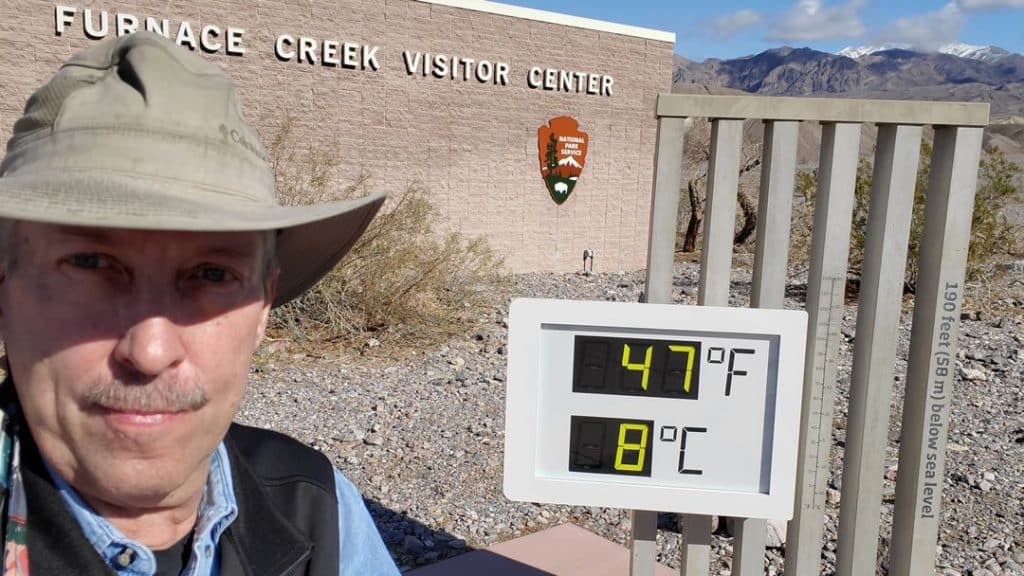
Other popular spots in Death Valley include:
-
- Devils Golf Course (rough road)
- Harmony Borax Works
- Ubehebe Crater
- Furnace Creek Visitor Center for the museum, history walk, and a really cool Instagram-able photo with the big digital thermometer!
Things to Know About the Death Valley
There are a few things you must know before you begin your journey towards the wild yet majestic Death Valley. Continue reading the list below to know what they are.
- You’ll have to pay an entry fee at visitor centers or at the self-service machines located at various spots. Unless you have America the Beautiful Annual National Parks Pass
- To be on the safer side, we recommend checking out Death Valley maps Avoid relying too much on GPS etc. as they can be inaccurate.
- It doesn’t matter the season, pack sunscreen and wear sun-resistant clothing.
- If you are not used to dry heat, avoid visiting Death Valley during the summer months.
- Check the weather, parts of Death Valley do get snow in the winter months.
- You will find a few restaurants near Death Valley, but we recommend bringing your food with you. Also, drink as much water as you can to stay hydrated.
- If you plan to have dinner at the Inn at Death Valley, avoid wearing shorts, t-shirts, and tank tops; they aren’t allowed.
- We recommend getting up early to see the beautiful sunrise at Death Valley. (And to avoid the mid-day heat)
- Vehicles consume more fuel than normal at Death Valley because of the climbs. Expect to spend a few extra bucks on your vehicle’s fuel.
- The weather can get quite hot. Therefore, you should pack accordingly. A good old-fashioned full-sleeve shirt with shades and a hat can prove to be your perfect companion.
- If possible, have a cooler filled with cold drinks. You can never go wrong with a few refreshments.
- Do not depend on your cell phone as it might not work there.
- Pets should be leashed at all times, and they aren’t allowed on the trails at the Death Valley.
- Make sure your vehicle is in perfect mechanical condition to avoid unwelcomed problems.
- Did I mention staying hydrated?
Keep Death Valley beautiful!
Other Links

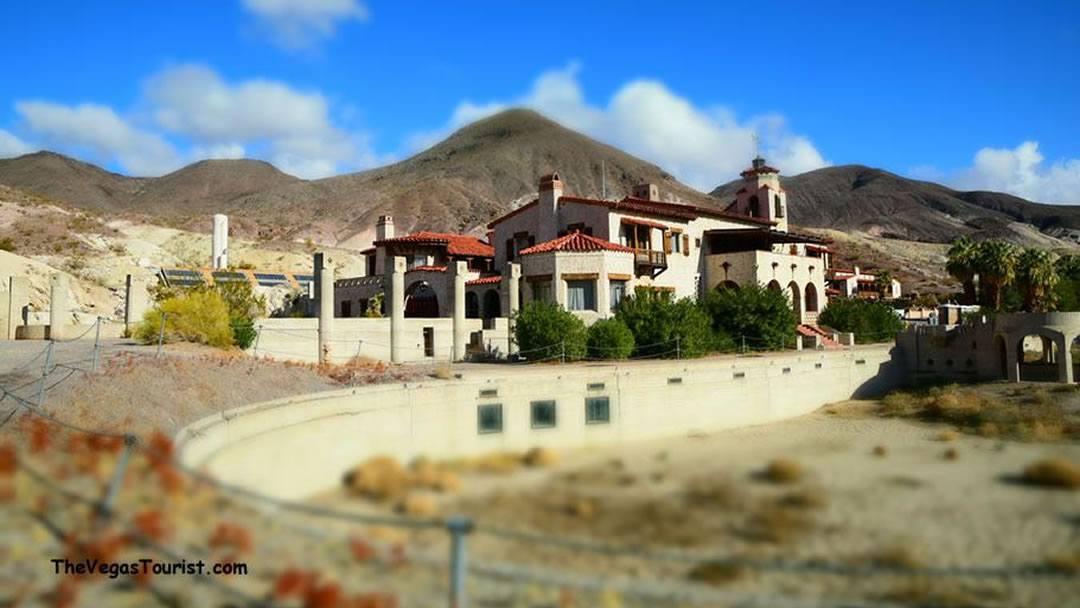
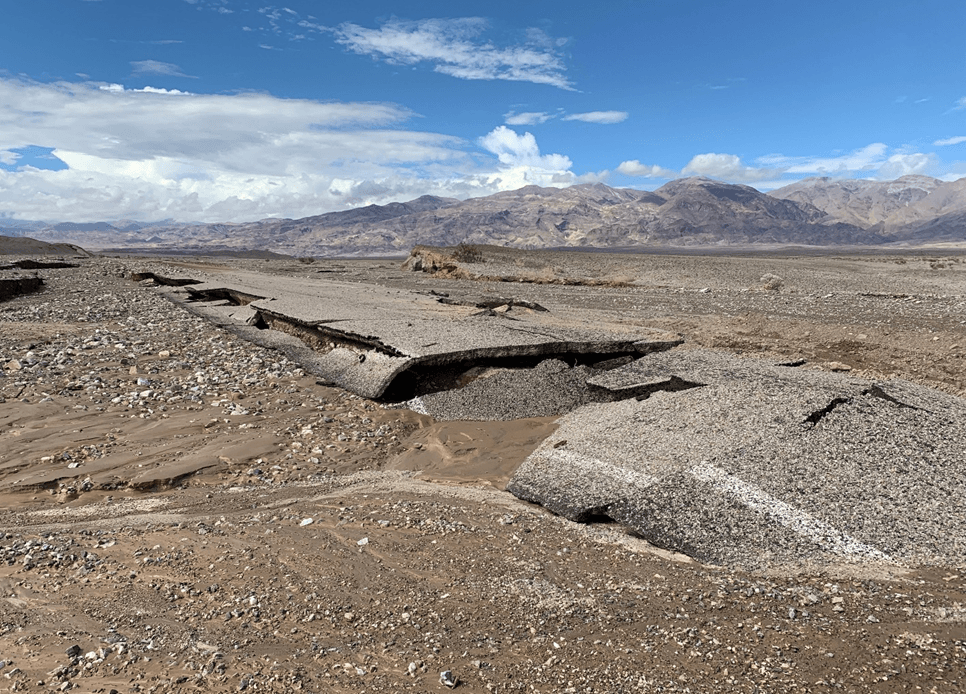
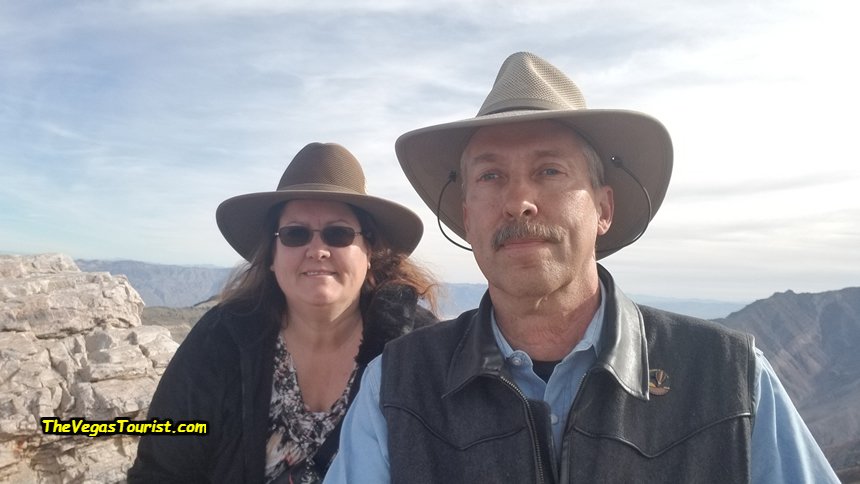
Be the first to comment